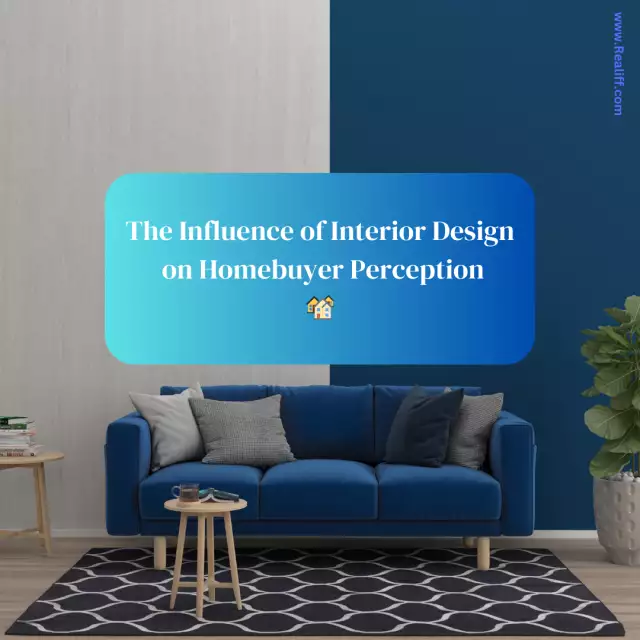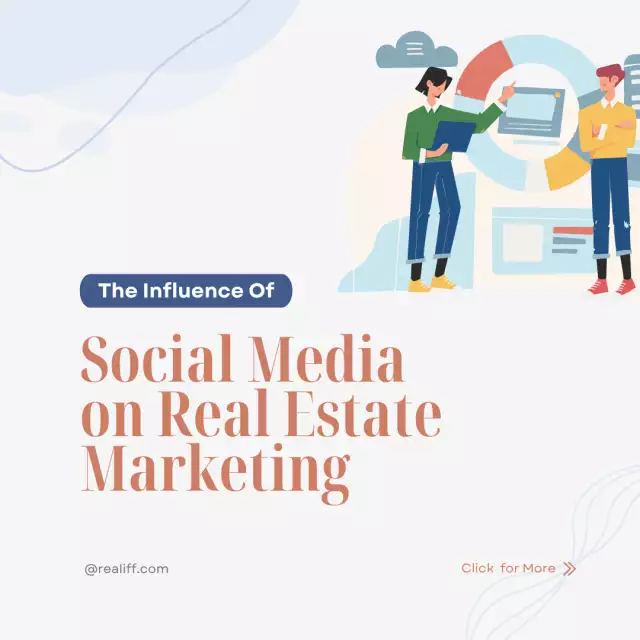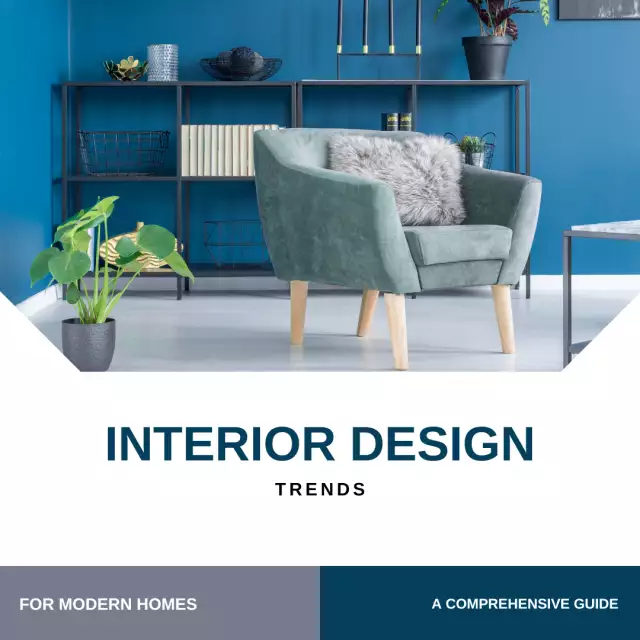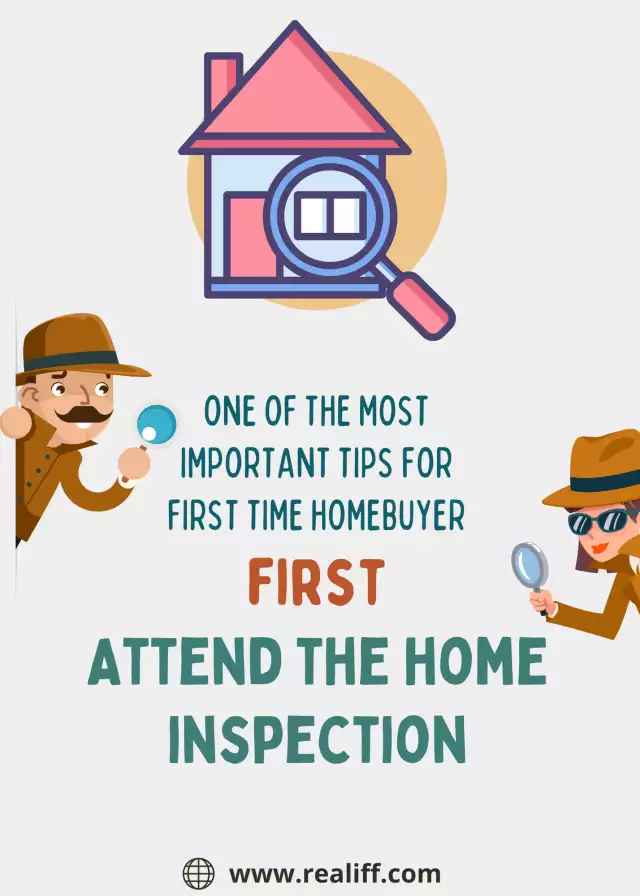The Influence of Interior Design on Homebuyer Perception🏘️
The Influence of Interior Design on Homebuyer Perception🏘️
Interior designplays a pivotal role in shaping the perception of potential homebuyers. Beyond mere aesthetics, it impacts the functionality, comfort, and overall ambiance of a living space. When prospective buyers step into a home, they are not just evaluating the physical structure; they are also gauging how well it aligns with their lifestyle, aspirations, and personal tastes. In this comprehensive article, we will explore the multifaceted influence of interior design on homebuyer perception and how it can significantly affect their decisions in the real estate market. From creating an immediate emotional connection through design aesthetics to optimizing the functionality of spaces and even enhancing a property's perceived and actual value, interior design holds the power to sway buyers' opinions and influence their purchasing choices. We will delve into the crucial aspects of interior design that impact buyers, including the role of lighting, the potential for personalization, the importance of staying current with market trends, and the tailored approach to appeal to specific target audiences. By understanding the profound impact of interior design on homebuyer perception, real estate professionals and sellers can leverage this knowledge to maximize the appeal and marketability of their properties, ultimately leading to more successful and lucrative transactions.
First Impressions Matter
The age-old saying, "You never get a second chance to make a first impression," holds particularly true in the dynamic world of real estate. From the very instant, a potential homebuyer crosses the threshold of a property, it becomes abundantly clear that the interior design has the extraordinary power to shape the trajectory of their entire experience. In essence, it's the initial encounter with the interior design that sets the stage for everything to follow.
Picture this: the door swings open, and the buyer steps inside. The ambiance, the colors, the layout – they all unfold before them in an instant. It's in this pivotal moment that the well-crafted and visually appealing interior design comes into play. Its impact is profound; it's almost like the opening act of a grand performance.
A well-designed interior transcends the mere aesthetics; it reaches deep within the psyche of the potential buyer. It can generate an immediate and almost tangible emotional connection. This connection is not merely a fleeting impression but rather a lasting resonance that colors the entirety of the buyer's perception of the property. It can evoke feelings of comfort, warmth, and belonging, as though the home is beckoning them to make it their own.
In this context, the power of a well-thought-out interior design cannot be overstated. It has the potential to make the buyer view the property favorably, even before they've fully explored all its nooks and crannies. It sets a tone of positivity and excitement, fostering a sense of attachment that may well be the catalyst for their decision to move forward in the home-buying process.
This first impression, sculpted by interior design, often lingers in the buyer's mind long after they've left the property. It becomes a reference point against which they measure other homes, making it a pivotal factor in their ultimate decision-making process. Therefore, it is not an overstatement to say that interior design can be the keystone in the arch of a successful real estate transaction, as it crafts the very essence of the buyer's journey from the moment they first set foot inside.
Emotional Connection
Interior design possesses a remarkable capacity to tap into the human psyche and evoke a tapestry of emotions. In the realm of real estate, it becomes a potent instrument that has the power to make prospective buyers feel truly at home. The thoughtfully curated elements within a space - from the harmonious interplay of colors on the walls to the sumptuous textures underfoot, the warm embrace of the lighting, and the carefully chosen pieces of furniture - they all coalesce to orchestrate a symphony of emotions. When these elements align harmoniously, they have the extraordinary ability to envelop individuals in a cocoon of comfort and relaxation, igniting a profound sense of belonging and contentment. Positive emotions stirred by an expertly designed interior can serve as the catalyst, kindling an intense desire within potential buyers to make the property their own, to become a part of the story that space tells. Conversely, an interior that triggers negative emotions, whether due to discordant colors, cramped layouts, or impractical design choices, can act as a formidable deterrent, prompting buyers to swiftly move on in search of a more emotionally resonant dwelling. Thus, interior design emerges as an artful conduit for fostering the emotions that underlie the homebuying journey, where the interplay of aesthetics and feelings becomes a defining force that can sway decisions in the real estate landscape.
Functional Interior Design: Enhancing Home Value
Effective interior design is a masterful choreographer of functionality within a space. It operates with meticulous attention to detail, orchestrating the symphony of daily life by considering the graceful ebb and flow of movement, the artful placement of storage solutions, and the sheer practicality of layouts. This holistic approach to design goes far beyond aesthetics; it seeks to harmonize the dwelling with the rhythm of its occupants' lives. Homebuyers are keenly attuned to these subtleties, and they genuinely appreciate homes that have been thoughtfully structured to accommodate their daily activities with a sense of effortlessness. For instance, a well-designed kitchen isn't merely a culinary workspace but a hub of culinary creativity, while ample storage spaces are more than just closets and cabinets; they are havens of organization and tidiness. In these well-organized living spaces, every nook and cranny serves a purpose, fostering an atmosphere of efficiency and comfort. It is within these intricacies of interior design that the true value of a property is unveiled in the eyes of potential buyers, for they recognize that a space meticulously optimized for functionality is not only a place to live but a sanctuary where the rhythms of their lives can seamlessly unfold.
Interior Design's Role in Buyer Visualization
When prospective buyers step into a property, they aren't merely assessing the physical structure; they are embarking on a journey of imagination, envisioning what their life could be like within those walls. It's a moment when they seek to establish an emotional connection, to transform a house into a potential home. This is where the artistry of interior design enters the stage.
Interior design possesses the remarkable ability to serve as a bridge between the present reality and future possibilities. It acts as a storyteller, allowing buyers to picture themselves living their daily lives in the space. But it's not just about the tangible elements like furniture and decor; it's about the intangible essence of a home that interior design can evoke.
Neutral and versatile design elements play a pivotal role in this process. They form the canvas upon which buyers can project their own style, preferences, and personality. These elements create a welcoming and open atmosphere, allowing prospective buyers to mentally superimpose their own furnishings, colors, and personal touches onto the space. This blank canvas encourages them to visualize their own family dinners in the dining room, their cherished artwork adorning the walls, or their favorite reading nook by the window.
The adaptability of neutral and versatile design not only fosters this mental customization but also expands the property's appeal to a broader audience. It becomes a place where potential buyers from different walks of life can see themselves fitting in, regardless of their individual tastes. This, in turn, increases the property's desirability and marketability, as it welcomes a multitude of potential new homeowners.
In essence, interior design acts as a catalyst for the buyers' imagination, enabling them to dream and plan for the life they could lead in the property. It transforms a house into a canvas of possibilities, encouraging them to take that emotional leap and envision it as their future home, a place where their unique story can unfold.
Impact of Lighting
In the realm of interior design, lighting is a silent but powerful conductor, orchestrating the mood and ambiance of a space. It's a critical element that can make or break the perception of a property. When carefully considered and skillfully implemented, lighting has the ability to work wonders, shaping the way we perceive and experience a home.
Well-placed and thoughtfully designed lighting fixtures play the role of an artist's brush, creating a welcoming and harmonious atmosphere within a space. They have the capacity to draw attention to key features of a home, highlighting architectural details, artwork, or cherished décor elements. Properly illuminated spaces feel inviting, cozy, and aesthetically pleasing. The interplay of light and shadow can transform an ordinary room into an enchanting haven, elevating the overall impression of a property.
Conversely, neglecting lighting can cast a gloomy shadow over even the most well-designed spaces. Poor lighting choices or inadequate illumination can make a room feel uninviting, stark, or even oppressive. It can obscure the beauty of a home's design elements and leave potential buyers with a sense of discomfort or unease.
Among all types of lighting, natural light stands as a prized gem in the world of interior design. It has a unique ability to breathe life into a space, creating a sense of vitality and connection with the outdoors. The presence of ample natural light not only enhances the aesthetic appeal of a property but also positively influences a buyer's perception of its value. Sunlit rooms feel more spacious, cheerful, and desirable, which can lead potential buyers to view the property as a bright and promising canvas upon which they can craft their future.
In conclusion, the role of lighting in interior design cannot be overstated. It is a silent but influential partner that shapes our emotional response to a space. Well-placed lighting can create a warm and inviting atmosphere, while poor lighting can have the opposite effect. Natural light, in particular, holds a special place in the hearts of buyers, enhancing the overall appeal and value of a property. For those looking to maximize the impact of their real estate investments, it is crucial to recognize the transformative power of lighting and harness it to create spaces that resonate with potential buyers on a profound level.
Influence on Property Value
Interior design isn't just about making a home look good; it's a game-changer when it comes to the property's worth. Homes with smartly crafted interiors often fetch higher sale prices because they're not just visually appealing but also supremely functional. When a home is both beautiful and practical, it's easier to justify asking for a bit more, catching the eye of savvy buyers who are more than willing to invest in a property that is not only well-maintained but also exudes style and elegance. In this way, effective interior design isn't just an aesthetic choice; it's a financial one that can significantly enhance both the perceived and actual value of a property, ultimately turning it into a sought-after gem in the real estate market.
How Professional Interior Design Sells Homes Faster
In the world of real estate, professional staging is a well-established practice that can work wonders. Staging is a comprehensive process that involves carefully furnishing and decorating a property to showcase it in its best possible light for potential buyers. It's akin to putting on a show, but the star of the performance is the property itself. Staging goes beyond mere aesthetics; it's about helping buyers envision the full potential of a space and forging an emotional connection that compels them to take action. The impact of staging is undeniable – homes that undergo this transformation often sell more swiftly and command higher prices compared to their vacant or poorly furnished counterparts. It's a strategic investment that not only enhances a property's visual appeal but also translates into tangible results in the competitive real estate market.
Adapting to Market Trends: The Ever-Changing World of Interior Design
Interior design is a dynamic realm where change is constant, and keeping pace with evolving trends can wield substantial influence over a property's market appeal. Homes that skillfully embrace the latest design elements and materials often emerge as magnets for buyers seeking the allure of contemporary aesthetics. By incorporating these popular trends, a property exudes an air of freshness and relevance that captivates the discerning eye. However, the flip side is equally pertinent – interiors that cling to outdated styles or overflow with overly personalized touches can serve as off-putting deterrents for potential buyers. In a real estate market driven by diverse tastes and preferences, the adaptability of interior design to current trends becomes a pivotal factor in ensuring a property's attractiveness and marketability.
Understanding Your Target Market
Understanding the demographics and preferences of the target market is essential in interior design. For example, a family-oriented layout and design might appeal to young couples with children, while a minimalist and open-concept design may be more attractive to young professionals. Tailoring the interior to the specific needs and desires of the potential buyers can enhance their perception of the property.
Discover Realiff.com
Realiff.com, an online real estate platform utilizing AI technology and offering rebates and cash back, is directly related to the topic of "The Influence of Interior Design on Homebuyer Perception." Here's how it can be connected to the topic:
Personalized Interior Design Recommendations:Realiff.com can use AI technology to analyze user preferences and provide personalized interior design recommendations to homebuyers. By considering their tastes and lifestyles, the platform can suggest properties with interior designs that align with the buyer's preferences, enhancing their overall perception of the properties.
Highlighting Interior Design Features:The platform can use AI to highlight key interior design features of listed properties. High-quality images and virtual tours that showcase well-designed interiors can create a strong emotional connection with potential buyers, influencing their perception positively.
Financial Incentives and Interior Design:Realiff.com's offering of rebates and cashback can be tied to the influence of interior design. Buyers who receive financial incentives may be more inclined to invest in improving the interior design of their new homes, knowing they have additional funds available for renovations or furnishing.
Integration of Staging Services:Realiff.com can partner with professional interior staging services, offering discounted or bundled packages to sellers. This can lead to better-staged properties on the platform, attracting more buyers and potentially resulting in faster sales.
Market Trend Insights:By leveraging AI, Realiff.com can provide insights into current interior design trends in the real estate market. This information can help both buyers and sellers make informed decisions about the design aspects of properties and how they align with market preferences.
Incorporating AI technology and financial incentives related to interior design, Realiff.com can enhance the overall experience of homebuyers and sellers on its platform. This, in turn, can influence homebuyer perception positively and contribute to successful real estate transactions.
Conclusion
In conclusion, interior design is a powerful tool that significantly influences homebuyers' perceptions. It goes beyond aesthetics, impacting emotions, functionality, and value perception. A well-designed interior can create a strong emotional connection, enhance functionality, and lead to faster sales at higher prices. Real estate professionals and sellers should recognize the importance of interior design in the home buying process and invest in it as a strategic asset to maximize their success in the competitive real estate market.
Here are five Q&A sections related to the topic "The Influence of Interior Design on Homebuyer Perception" that you can include in your article:
1. Q: How does interior design create an emotional connection with potential homebuyers?A: Interior design utilizes colors, textures, lighting, and layout to evoke positive emotions, making buyers feel comfortable and at home, thus fostering a deeper connection.
2. Q: Can effective interior design impact the actual value of a property?A: Yes, well-designed interiors can justify higher asking prices, as they enhance a property's perceived and actual value, attracting buyers willing to pay a premium for stylish and functional spaces.
3. Q: What is the role of professional staging in the home-buying process?A: Professional staging involves furnishing and decorating a property to showcase its full potential. It helps buyers visualize themselves living there and often results in faster sales at higher prices.
4. Q: How can interior design adapt to changing market trends in real estate?A: Interior design should stay current with trends in materials, colors, and styles to appeal to contemporary buyers who appreciate modern aesthetics. This adaptability ensures continued market relevance.
5. Q: Why is it important to tailor interiors to the target audience's preferences?A: Understanding the demographics and desires of potential buyers allows interior design to cater to their specific needs, increasing the property's appeal and the likelihood of a successful sale.




